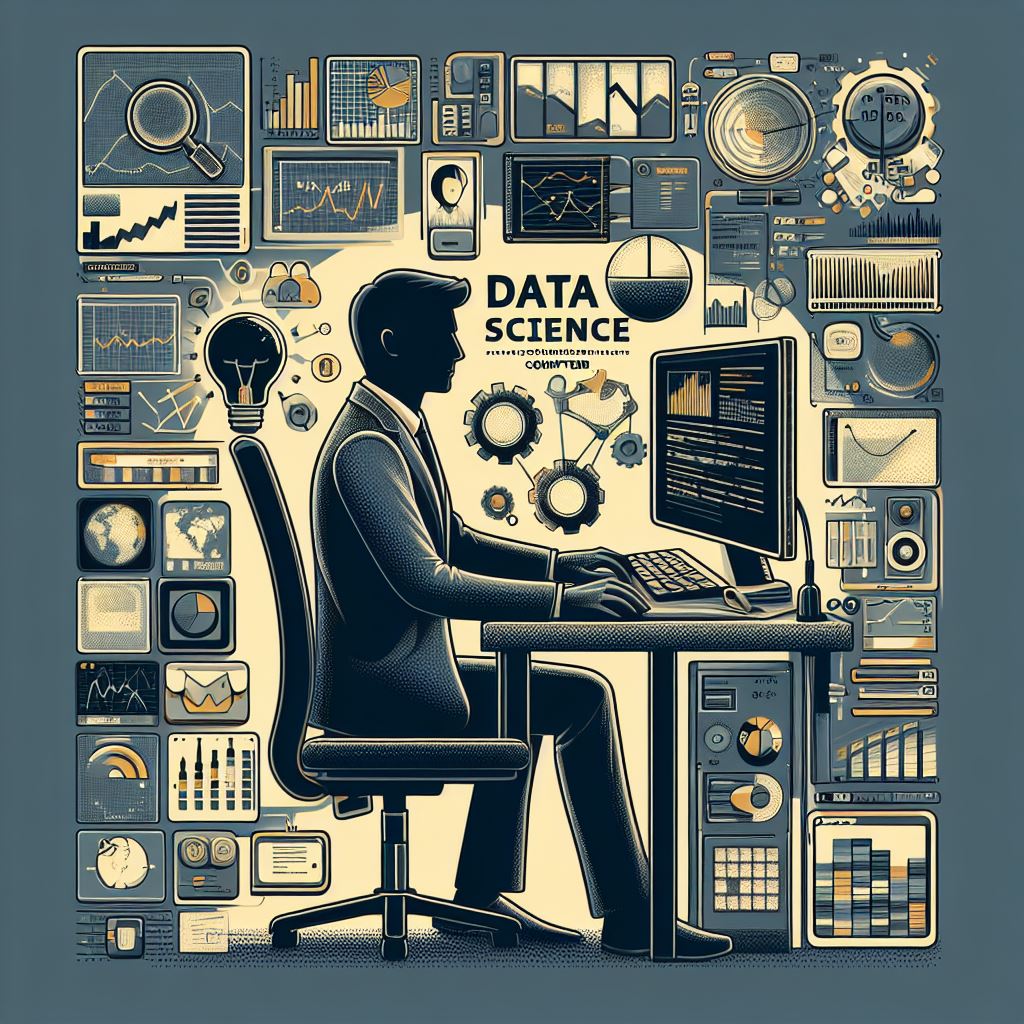In recent years, the field of Artificial Intelligence (AI) has made significant strides in helping businesses optimize their processes and enhance decision-making. One of the most powerful advancements is the combination of Retrieval-Augmented Generation (RAG) models and Large Language Models (LLMs). Together, these technologies are creating groundbreaking opportunities for companies to improve their AI applications, including customer service, content generation, and data-driven insights.
What is RAG?
Retrieval-Augmented Generation (RAG) refers to a hybrid approach that combines the power of information retrieval systems with generative models. It enables AI systems to pull relevant data from a large corpus of information before generating responses. This means that rather than relying solely on the model’s internal knowledge, RAG models can dynamically access external data sources (such as documents, databases, or the internet) to provide more accurate, up-to-date, and contextually relevant outputs.
For example, in a business scenario, a RAG-based AI system can retrieve key documents and data points from a knowledge base, and then generate a comprehensive, context-aware response. This allows businesses to automate complex tasks, such as answering customer queries, generating reports, or conducting market analysis.
The Role of LLMs in RAG
Large Language Models (LLMs) are at the heart of modern AI systems. These models, which include popular models like OpenAI’s GPT, are capable of understanding and generating human-like text based on vast amounts of data. LLMs have demonstrated impressive capabilities in natural language understanding, translation, summarization, and even creative tasks such as writing and brainstorming.
When integrated with RAG systems, LLMs enhance the overall performance by providing more coherent, contextually-aware responses that are tailored to specific business needs. The LLM acts as the generative part of the RAG system, while the retrieval component fetches data to guide the output generation. This collaboration ensures that the generated response is not only linguistically accurate but also grounded in the latest and most relevant information.
Benefits of RAG and LLM for Businesses
Enhanced Accuracy: RAG models improve the accuracy of AI-generated responses by pulling data from external sources, ensuring that the generated output is not limited to the model’s training data.
Time and Cost Savings: By automating tasks like data retrieval, report generation, and customer interaction, businesses can reduce operational costs and improve efficiency.
Improved Decision Making: RAG-enabled systems provide decision-makers with insights backed by the most up-to-date and relevant information, leading to better strategic decisions.
Scalability: RAG and LLM systems can easily scale to handle large volumes of data and customer queries, making them ideal for businesses looking to expand their operations.
Customer Experience: AI-powered systems using RAG and LLM can provide personalized and timely responses to customers, enhancing satisfaction and engagement.
Real-World Applications of RAG and LLM
RAG and LLMs are already being applied across a wide range of industries. In healthcare, these models are used to retrieve relevant medical research, providing doctors with the most up-to-date information to assist in diagnosing patients. In customer service, businesses can use RAG systems to provide more accurate and context-specific answers, significantly improving customer interactions.
In finance, RAG can be employed to analyze market trends and generate reports based on real-time data, helping investors make informed decisions. Additionally, content creation platforms use LLMs to assist in writing articles, blogs, or social media posts, all while ensuring that the generated content is relevant to the target audience.
Future of RAG and LLMs
The future of RAG and LLM technologies is incredibly promising. As data volumes continue to grow, businesses will increasingly rely on AI systems to not only analyze and interpret this data but also to generate actionable insights in real-time. With improvements in AI models and retrieval systems, the integration of RAG and LLMs will become more seamless, delivering even greater business value.
By leveraging RAG and LLMs, businesses can unlock new levels of productivity, accuracy, and personalization. As these technologies evolve, companies will be better equipped to stay competitive in an ever-changing business landscape.
